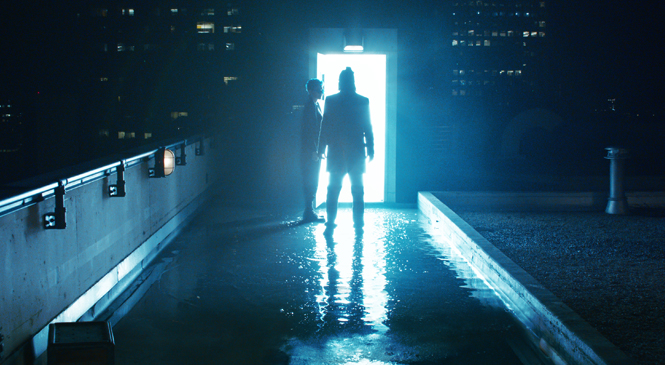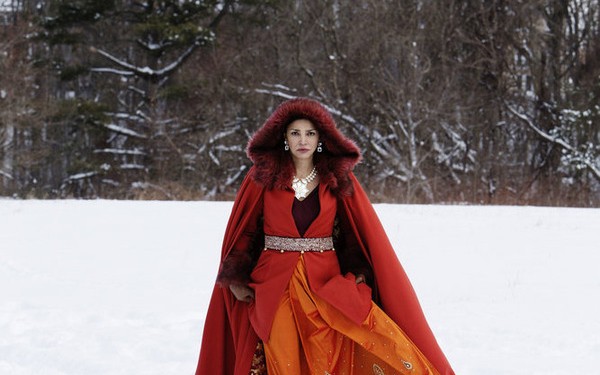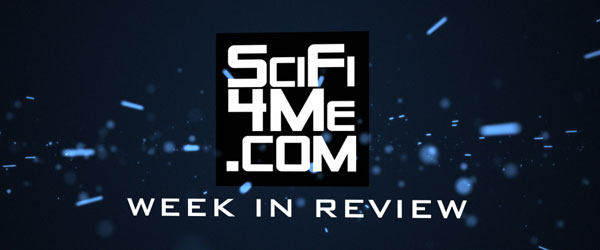THE MATRIX RESURRECTIONS Is An Old Fashioned Sequel, and That’s a Good Thing

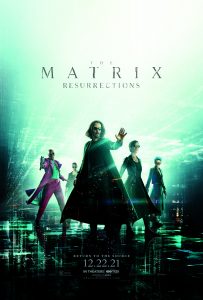
The Matrix Resurrections (2021)
Directed by Lana Wachowski
Written by Lana Wachowski & David Michell & Aleksandar Hemon
Based on characters created by Lilly & Lana Wachowski
Produced by James McTiegue, Lana Wachowski, and Grant Hill
Rated R, 2h 28m
I will admit: going into the screening for The Matrix Resurrections, I didn’t have very high expectations. Given how much press has been given to the retroactive application of modern cultural “standards” to just about everything from everywhen, I figured this would be like Terminator: Dark Fate or Star Trek: Discovery or Star Wars: The Last Jedi or…
Well.
It’s not that.
The Matrix Resurrections is an actual sequel, not a reboot, not a remake or requel or preboot or any such convoluted thing. It’s an actual sequel set many years after the events of the original trilogy. And yes, Neo (Keanu Reeves) and Trinity (Carrie-Anne Moss) are back and it’s actually them. Of sorts. There’s an explanation that makes sense within the context of the overall story of what the Matrix actually is and how “The One” fits into it — mainly as to how the anomaly that creates “The One” functions within the Matrix.
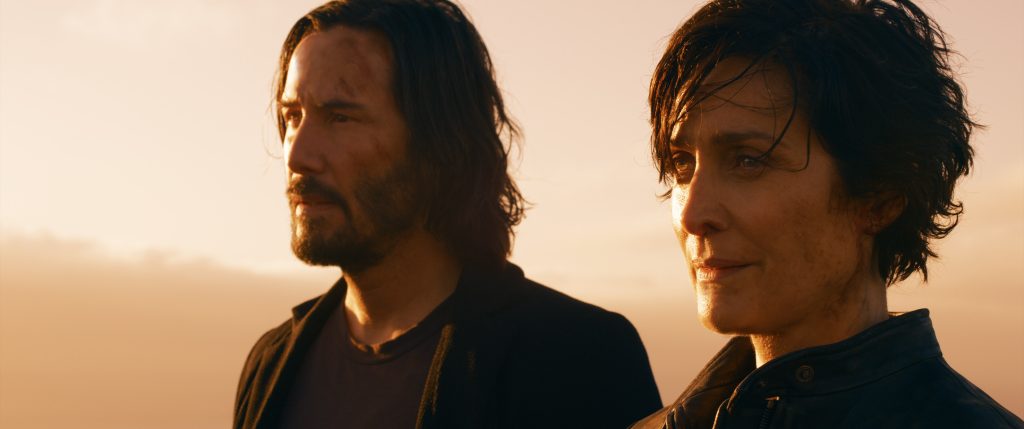
And there are a lot of people online speculating that this sequel turns Trinity into “The One” and undermines the original trilogy because of some feminist agenda or something. It doesn’t. No spoilers, but what it does do is establish a new meaning for “The One” and why Trinity is so important to Neo — and to the concept of the Matrix in general. It’s an interesting dynamic that gets introduced, and it puts Neo and Trinity’s whole story arc into a new context that enhances rather than subverts what’s been established.
I’ve seen it compared to Wes Craven’s New Nightmare, where the director stood the entire franchise up on its ear, and that might be an apt analogy, given the metatextual elements of both films. That comparison only goes so far, however. In that case, the actors were playing themselves in the “real world” as Freddy manages to get into our world. In the case of The Matrix, it doesn’t get that meta (sorry Zuck), but it does find a clever way to incorporate the original trilogy in a way that pushes the story along at the same time giving us a mix of nostalgia and context for what we see in the new installment.
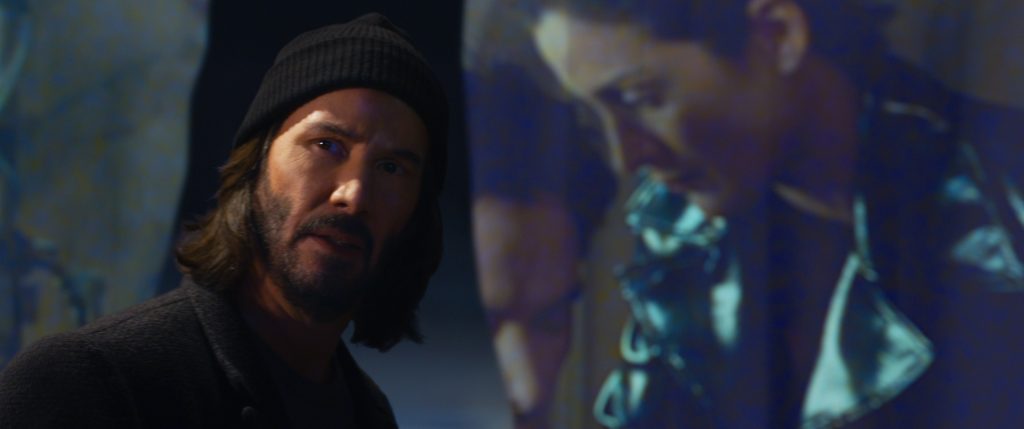
It’s a densely packed story, and there’s quite a bit of exposition, but it moves at a steady pace as things begin to unravel for Neo, who’s been trapped in the Matrix with no memory of anything other than being Thomas Anderson, the designer behind the smash hit video game known as The Matrix. Throughout the Anderson Reality, there’s a heavy dose of metaverse as Wachowski actually includes Warner Bros. and their demand for a sequel right in the middle of the sequel. It’s at this point that I started seeing the film in a completely different light, and I’m not sure whether that’s intentional or not, but I started to notice several pieces of this film not only playing with the idea of sequels, but also commenting on the modern era Technology Class, those people who are so wired into the social media, along with the proliferation of bots and online personae and this notion that our entire reality is unreal and there are plenty of us who are OK with that.
(One could also read into this an observation about updating your operating system.)
This could be just me as the old man in the room, but The Matrix Resurrections feels like an indictment of so many things about our culture, and I found myself walking out of the theater wondering if Lana Wachowski was a conservative. I’m pretty sure that’s not the case, but there were moments…
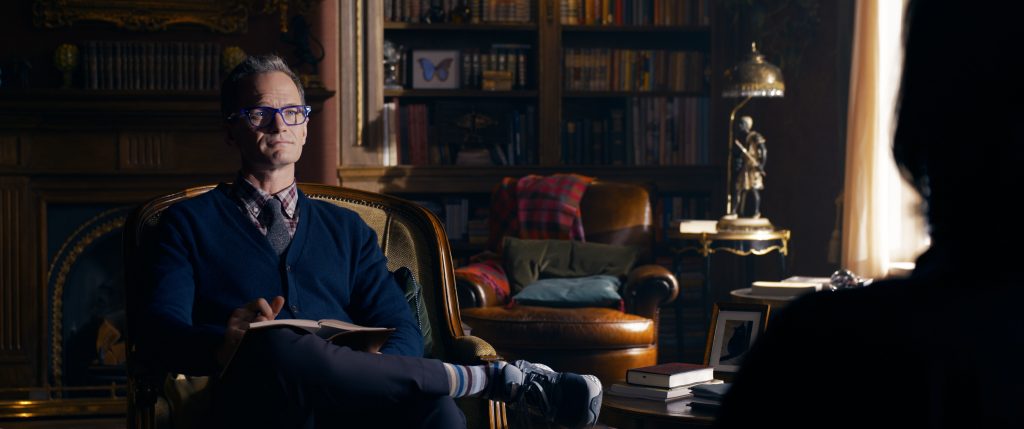
The idea of revisiting the Matrix came after the death of Wachowski’s parents, and it’s a movie that probably could not have been done any earlier. It’s definitely a more evolved filmmaking style, relying less on fancy visual effects (although there are plenty of those) and more on ideas. How do we know what’s real? What is the value of relationships? How do we process experiences, both good and bad?
It’s an approach that’s actually enhanced by the amount of time it’s taken to make this sequel, and those of us who were around for the originals are likely to have an appreciation for that passage of time, as we’ve all gone through life between then and now, and it’s going to affect how we see this film.
I found myself liking this movie a lot more than I thought I would, and I think part of that is the fact that it tells an entertaining story first, with characters that have layers that get peeled back to reveal not only more about the character, but the layers of subtext within the story itself. Any kind of “message” is there for you to take or not, as you like. And I’m sure different people will get different things out of it. Just like the people in the Matrix — they’re either fully invested (and dependent) on their false narrative/reality, or they’re ready to break out into the real world and start living again — audiences will respond based on their perception of reality.
I also like that it’s not a retread similar to Terminator: Dark Fate. Lana Wachowski isn’t re-telling the same story here. It’s a brand new story that builds on what came before, but also integrates elements of those films to synthesize a new narrative here.
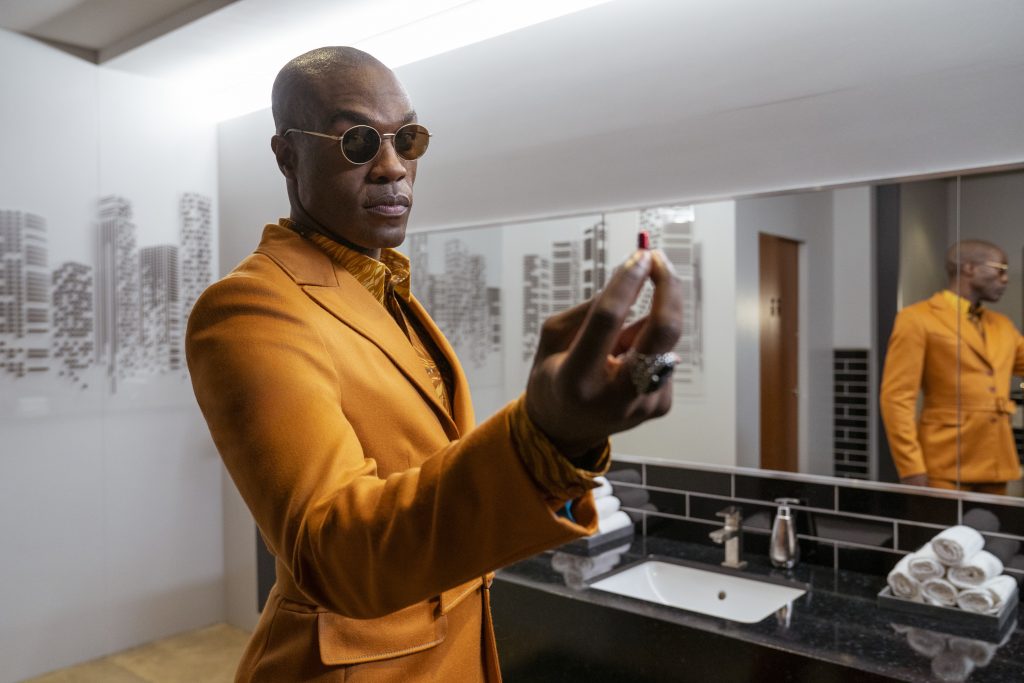
Even Morpheus (Yahya Abdul-Mateen II) has a bit of an identity crisis, as he has to discover and process who he is and where he fits inside the Matrix. It’s a clever plot device that gets us past the fact that Laurence Fishburne’s Morpheus was killed in The Matrix Online, a MMORPG launched by Warner Interactive in 2005. It only lasted a few years, but the Wachowskis were involved in the game’s development. So if the game is canon, the original Morpheus is dead.
So this Morpheus, in addition to figuring out who he is and his place in the Matrix (and out of it), also has to deal with getting Neo back to being Neo, back to remembering what came before. It’s a scene that has plenty of callbacks, and they’re perfectly placed and organic to the story. At no point during the film did I feel Wachowski was waving jazz hands and memba berries in the air with big neon “remember this?” floating in front of me.
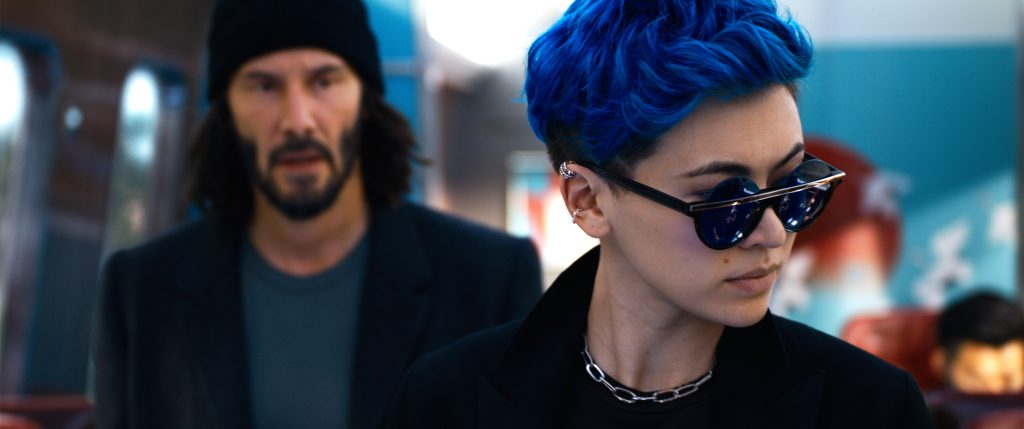
Besides the new Morpheus, we also meet Bugs (Iron Fist‘s Jessica Henwick), the hacker who finally locates Neo inside the Matrix. And with her character, one can make a comparison to The Force Awakens in that where Luke Skywalker and the Jedi had somehow fallen into legend (did it actually happen?) after only thirty years, Bugs has managed to piece together legend and scraps of evidence after even longer than that. Probably easier to do in a world made up of data and information, but when the machines are trying to hide something, it takes a bit of effort to unearth it. And while Bugs displays a bit of hero worship upon finding Neo, she doesn’t let it get in the way of her mission to retrieve him.
The less I say about the characters played by Neil Patrick Harris and Jonathan Groff, the better the reveal will be when you watch this. I will say, however, that they each deliver a terrific performance, Harris especially with his Analyst — giving you just enough to wonder just what role he plays in all of this, until the “aha” moment when it clicks. His observations about people in general is very…meta, let’s say. Groff has layers, and his reveal has already been spoiled, but if you think of him as that friend who works to present online a life that’s different from reality, I think that may help you miss Hugo Weaving a bit less. He and Abdul-Mateen both have big shoes to fill, and I think they handle themselves well in addition to bringing something new to their respective characters.
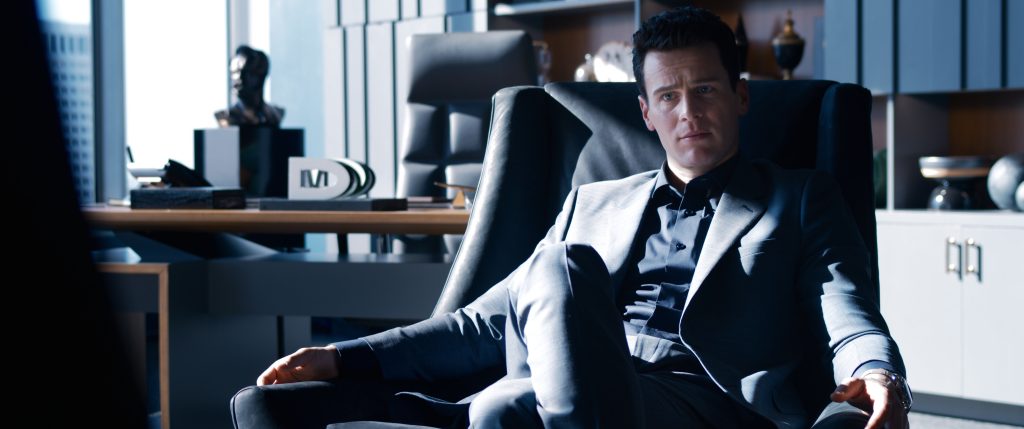
And I do recommend that you watch in. In the theater. On a big screen. Maybe not IMAX, which doesn’t really do much one way or the other. In fact, the only real quibble that I have on this one is the same one I had with Thor: The Dark World — the camera gets too close to the fights. Wachowski and director of photography John Toll have developed a visual style coming out of their collaboration on Cloud Atlas and Sense8, and it’s a very fluid way of moving with the performances. (It’s actually similar to the way I shot my romantic comedy many moons ago…) But that fluid movement actually works against the fight choreography. When the camera is given a little more distance, it’s easier to keep track of where everyone is in the space.
This film is going to be so much more than people expect, and yet it’s going to be so different from what everyone expects. Some critics are going to hate it for the same reasons they hated Ghostbusters Afterlife (see my review here), but those very same elements are what make this sequel work, and I think the audience score is going to be a lot higher than the critics score. Because this sequel gets it right. It doesn’t revisit everything in order to change it all. It doesn’t supplant what happened prior. It’s a natural progression of the original trilogy, and the older fans especially are likely to appreciate what this sequel does.
![]()

